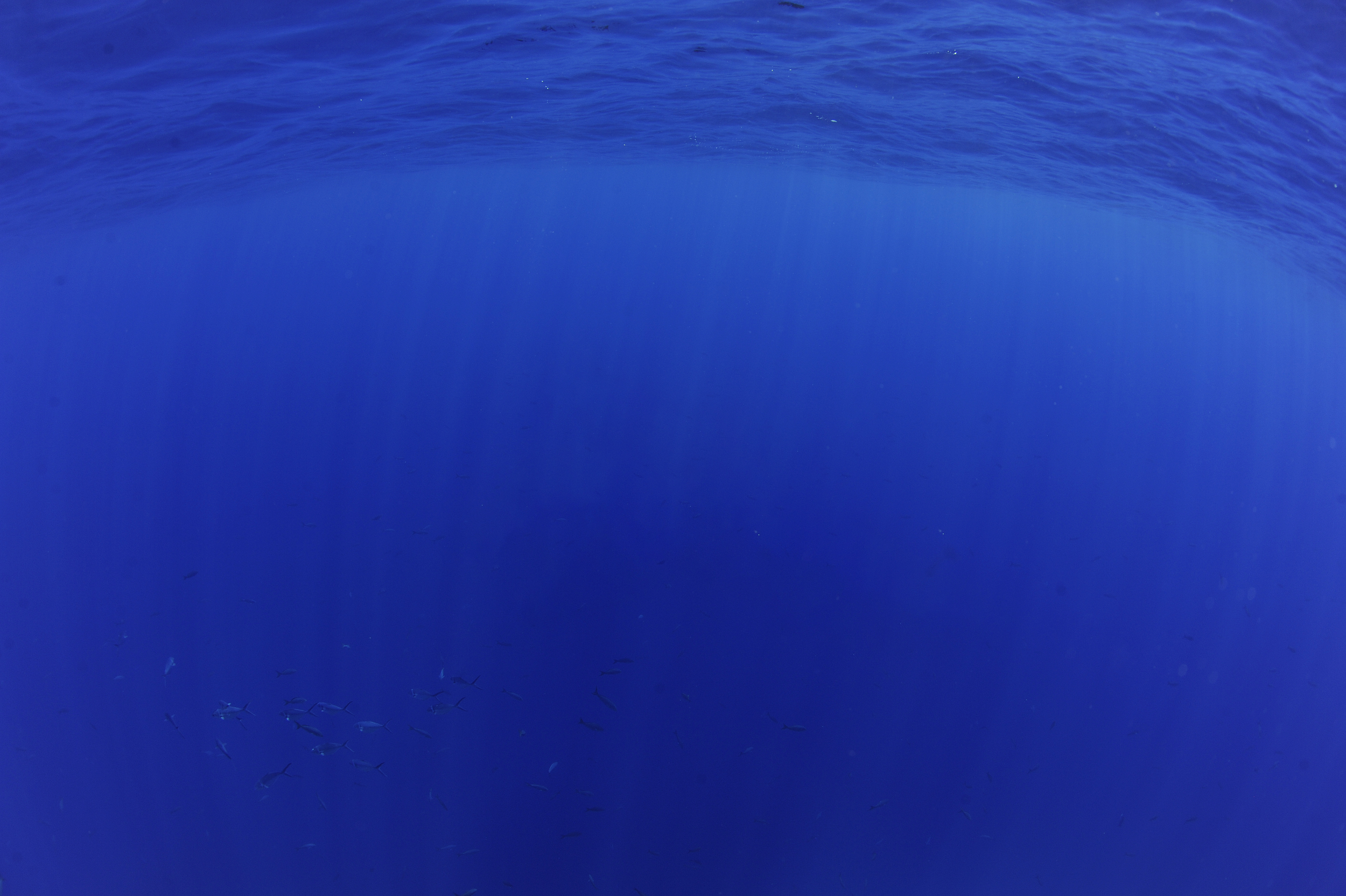
PROJECT OVERVIEW
Photo © Lauren Peel
Understanding the biology of manta rays is incredibly important when it comes to designing management strategies aimed at protecting them; this information can help direct our efforts and resources to locations that will most effectively conserve their populations. With global manta ray populations under severe threat from unsustainable fishing pressures, understanding how these charismatic rays are using and moving through their marine environment is of utmost importance if we are to ensure their protection long into the future.
The Seychelles is an island nation in the Western Indian Ocean consisting of 115 small, tropical islands, and a little-studied reef manta ray (Mobula alfredi) population. Despite historic records of manta ray fishing around the populous Inner Islands of the archipelago, mobulid sightings throughout this region are now infrequent, and this has made the population difficult to research. When it was discovered that reliable aggregations of reef manta rays occur at locations within the Outer Islands Group of Seychelles, the Manta Trust was provided with a unique opportunity to study the population dynamics and movement patterns of these animals not only in Seychelles, but in the absence of the human impacts and tourism pressures that are typically associated with similar locations around the world.
Reaching these mantas however is no mean feat. With the islands of Seychelles encompassing just 459 of the 1.4 million square kilometre Exclusive Economic Zone (EEZ) of the country, there is a lot of ocean for these reef manta rays to move through! Fortunately, the Seychelles Manta Ray Programme found its home in the Outer Islands in 2013 when - in collaboration with the Save Our Seas Foundation (SOSF) - the Research Centre on D’Arros Island became the field base for the project's research.
Since establishing the project, we’ve been striving to learn as much as possible about the manta ray aggregation at D’Arros Island and throughout the wider Seychelles, by accumulating data about the population size, movement patterns, feeding behaviour and genetics of these animals. This process involves the use of numerous research techniques including; photo-ID, acoustic and satellite telemetry, tissue sampling, as well as lots of time in the water observing the mantas. While we have already made great progress in better understanding this unique reef manta population, the research team still has a lot to learn and an exciting future for the project remains ahead.
Project Goal
To better understand the ecology of reef manta rays (Mobula alfredi) in the absence of typical human impacts, so as to promote their conservation in the Seychelles and the broader Indian Ocean Region, including the Maldives and Ningaloo Reef.
Main Objectives
To achieve our goal, the Seychelles Manta Ray Programme works to meet the following objectives:
(1) Continue to build upon the Photo-ID database for the Seychelles manta ray population;
(2) Tag a selection of mantas with acoustic tags to determine their movement patterns around D’Arros Island and throughout the Amirantes Island Group;
(3) Tag a selection of mantas with satellite tags to determine their movement patterns through Seychelles;
(4) Collect tissue samples from the mantas to study their feeding ecology, and for use in a global population genetics study;
(5) Increase education and awareness within Seychelles of the conservation and needs of this species.

Project ADVISER - Dr. Lauren peel
Growing up in a rural area of Western Australia, Lauren has always been surrounded by wildlife and cannot remember a time when she wasn’t in awe of the natural world. Her passion for the ocean and its marine life was sparked at the age of five when she visited the Ningaloo Reef for the first time, and this fascination drove her to complete her undergraduate degree at the University of Western Australia majoring in Zoology and Chemistry in 2011.
It was during the completion of her Honours research into the visual system of the Port Jackson Shark in 2012 that Lauren discovered her love for all things elasmobranch and realised that she wanted to make a career out of studying these misunderstood animals and promoting their conservation through education. After completing her Honours year, Lauren moved to South Africa for two years to volunteer for a marine research organisation as a Field Specialist and Internship Manager where she was privileged enough to work with a wide range of marine mega-fauna including dolphins, whales, and white sharks to collect data for a variety of research projects.
Lauren has since returned to Perth to commence her PhD at the University of Western Australia in the position of Project Leader for the Save Our Seas Foundation and Manta Trust’s Seychelles Manta Ray Programme. Her research aims to examine the population dynamics, movement patterns, and trophic ecology of the reef manta ray in Seychelles, with a particular focus on the role that D’Arros Island and St Joseph Atoll play in the life history of these charismatic elasmobranchs. Lauren hopes to use the results of her study to not only better understand the biology of reef manta rays in Seychelles, but to assist in the development of effective conservation and management strategies aimed at protecting their populations in this remote region of the western Indian Ocean.

Key Achievements
More than doubled the number of identified individuals since 2015.
Successfully deployed acoustic tags on reef manta rays at D’Arros Island, with over 200,000 data points collected about their movement patterns.
Successfully deployed the first satellite tags on manta rays in Seychelles.
Collected manta ray tissue samples for our feeding ecology and genetics studies.
Established a network of collaborators that continues to grow throughout the country.
Photos from the field

Sponsors & Partners
Save Our Seas Foundation (SOSF) & Save Our Seas Foundation – D’Arros Research Centre (SOSF-DRC)
Without the generous support and sponsorship that we receive from SOSF and SOSF-DRC we would not be able to achieve our work in Seychelles. We are incredibly grateful for their continued support of this research and our field base at SOSF-DRC.
Island Conservation Society (ICS)
Our collaboration with ICS has allowed us to greatly expand our understanding of Seychelles-wide reef manta ray population dynamics and movement patterns. We are incredibly grateful to the ICS team for their support of this research.
Alphonse Island Lodge (AIL)
Alongside support from ICS, the Alphonse Island Lodge provided the Seychelles Manta Ray Programme Team with the opportunity to expand the fieldwork for this research to Alphonse Island for the first time in 2017. This was a fantastic and highly successful field trip, and we are incredibly grateful for their support of this project.
Finally, we would like to thank all of the organisations in Seychelles that have submitted manta ID images to the Seychelles Manta Ray Database for their continued support of this work. Every photograph brings us a little bit closer to unravelling the mysteries of the Seychelles manta ray population!
In the Media























